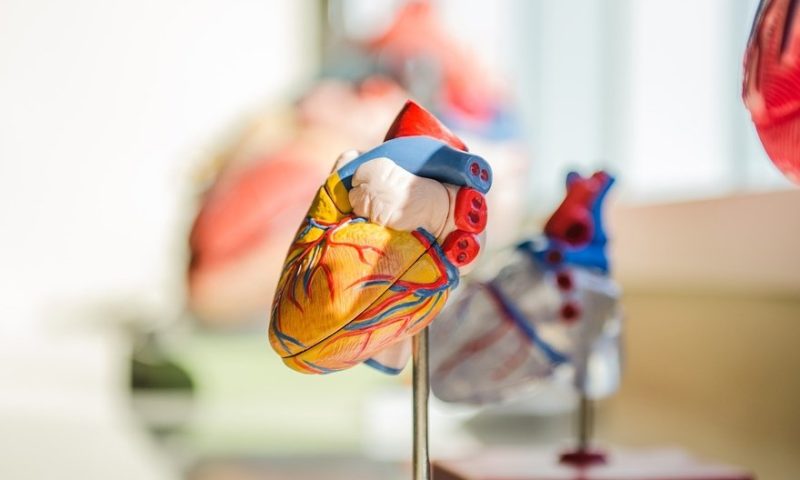Unlike many tissues in the human body, the heart lacks the ability to regenerate, rendering it unable to self-replenish heart muscle cells known as cardiomyocytes after injury. Scientists have been exploring various ways to help the heart replace damaged cells and restore its function, but those efforts have yet to yield marketable therapies.
Now, a research team led by scientists at the Max Planck Institute for Heart and Lung Research is proposing a promising new method to give the heart regenerative capabilities. The approach involves transiently returning adult cardiomyocytes to a fetal-like state by selectively expressing four genes that are essential for cell renewal: Oct4, Sox2, Klf4 and c-Myc, collectively known as OSKM.
In mouse models of heart attack, heart-specific expression of OSKM for a short period of time either before or immediately after an induced heart incident helped regenerate cardiomyocytes, reduced scar size and improved cardiac function, the team reported in a study published in Science.
Previous studies have shown that OSKM over-expression in mice can induce the so-called “partial reprogramming” process and reverse mature cells to an embryonic state. So the Max Planck-led team applied that approach to heart cells.
For their studies, the researchers used the antibiotic doxycycline to achieve heart-specific OSKM expression in mice. The team then treated them with a six-day doxycycline regimen either six days before inducing heart attacks in the animals or one or six days afterward.
A heart attack leaves a fibrotic scar. In the Max Planck-led study, all doxycycline-treated rodents showed a significant decrease in scar size compared with untreated controls. However, only pretreated mice and those that got doxycycline immediately after an attack showed improved cardiac function. Mice that received the treatment six days afterward didn’t show significant improvements, the team reported.
The six-day treatment duration was important. In healthy mice, six days of continuous doxycycline administration didn’t affect normal left ventricular functioning, the researchers found. But extended expression of OSKM for another six days led to significant expression of smooth muscle actin—a sign of scarring—as well as reduction of cardiac function.
Furthermore, early signs of abnormal heart function as a result of OSKM over-expression can be reversed after Day 6 by stopping doxycycline, but the problem became irreversible in healthy mice that got the drug for 12 days. And long-term treatment seemed to force cardiomyocytes into a stem cell-like state, enabling them to grow out of control and form tumors, the team found.
“This is an important reminder that the OSKM genes are potent oncogenic factors that can erase cellular identity in the process of reprogramming, and tight control of their timing and amount is necessary to achieve a therapeutic effect,” two researchers at the Stanford University School of Medicine noted in an accompanying editorial.
Giving heart cells regenerative abilities has become a popular research path in cardiology. Scientists at the Texas Heart Institute recently used short hairpin RNAs to suppress the SAV gene in the Hippo signaling pathway in heart cells. The gene therapy showed promising results in improving heart function in pig models of heart attack.
Last year, a team at the UT Southwestern Medical Center found that inhibiting a protein called calcineurin—which regulates two other proteins, Meis1 and Hoxb13—could prolong the time cardiomyocytes divide after their formation.
The Max Planck-led researchers believe their study showed that transient reprogramming of adult cardiomyocytes with OSKM expression could restore heart functions after a heart attack, especially if the treatment is started early. It might also be applied to other organs that fail to regenerate by themselves, they suggested.
A gene therapy based on the OSKM mechanism may be challenging to develop for people, because it requires precision in targeting and dosage control, the two Stanford scientists noted in their piece. “Identification of molecular thresholds that promote dedifferentiation but avoid a point of no return will be critical to engineering a safe therapy,” they wrote.

